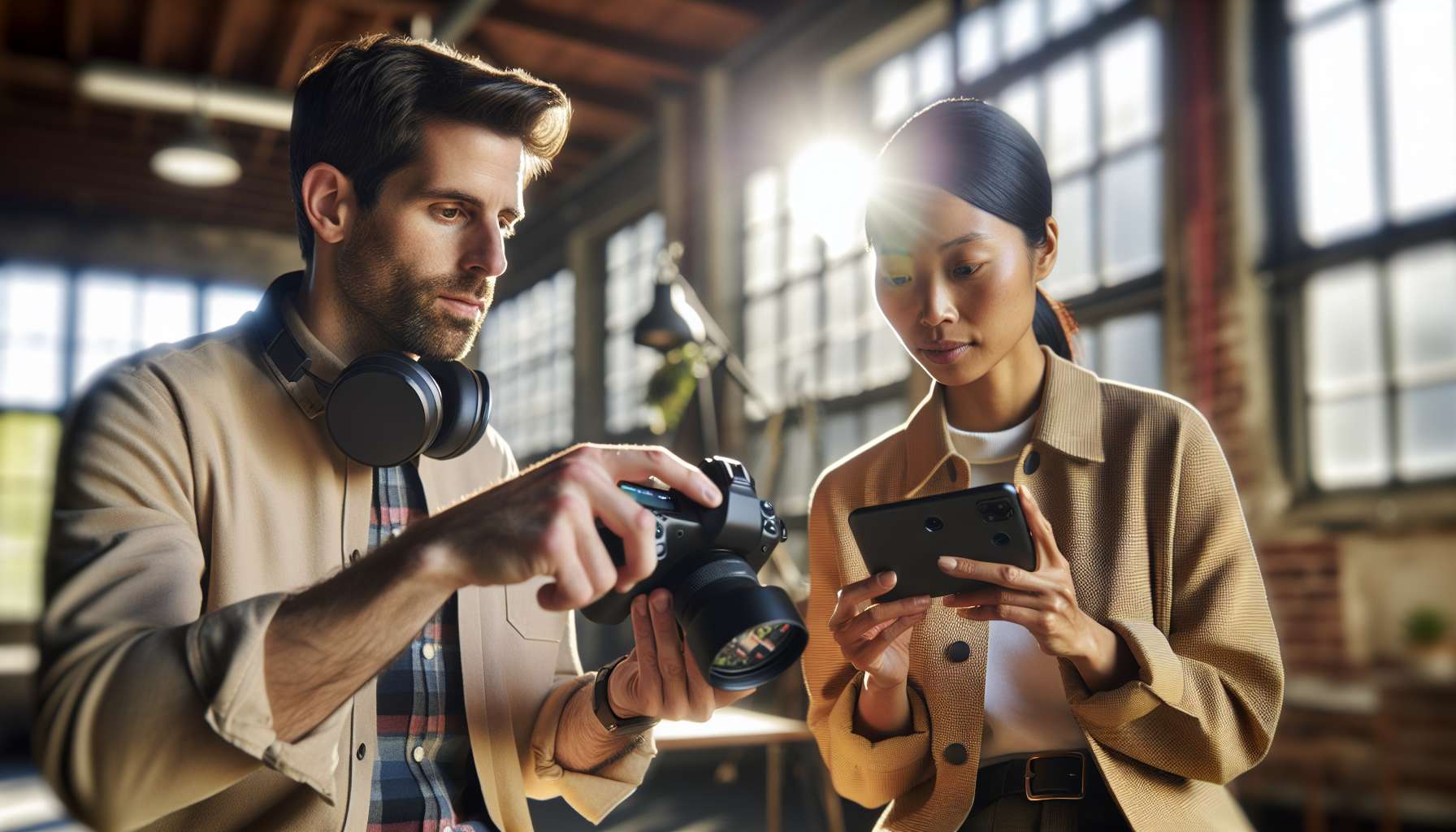Unlocking the Potential of AR Technology in Retail
Augmented Reality (AR) technology has been making waves in various industries, and retail is no exception. With its ability to blend the digital and physical worlds, AR has the power to revolutionize the way retailers engage with customers, enhance the shopping experience, and boost sales. In this article, we will explore the exciting possibilities that AR technology brings to the retail landscape and how it can be leveraged to drive innovation and growth.
Enhancing the In-Store Experience
One of the key advantages of AR technology in retail is its ability to enhance the in-store experience for customers. Imagine walking into a store and being able to see virtual product displays, try on clothes without physically changing, or visualize how furniture would look in your home. AR can bring these experiences to life, allowing customers to make more informed purchasing decisions and increasing their overall satisfaction.
Leading retailers have already started implementing AR solutions in their stores. For example, beauty brands are using AR mirrors that allow customers to virtually try on makeup products, eliminating the need for physical testers. This not only reduces hygiene concerns but also enables customers to experiment with different looks and shades, leading to increased sales.
Personalized Shopping Experiences
AR technology also enables retailers to provide personalized shopping experiences tailored to individual customers. By analyzing customer data and preferences, retailers can use AR to deliver targeted product recommendations, personalized offers, and even virtual personal shoppers.
For instance, imagine receiving personalized recommendations as you walk through a store, guiding you to products that align with your style and preferences. AR can also provide real-time information about product availability, pricing, and reviews, empowering customers to make informed decisions.
Virtual Try-On and Fitting
One of the most exciting applications of AR technology in retail is virtual try-on and fitting. Whether it’s trying on clothes, accessories, or even home decor items, AR can eliminate the need for physical fitting rooms and provide a seamless and convenient experience for customers.
Several fashion retailers have already embraced AR try-on solutions, allowing customers to see how clothes fit and look on their own bodies without actually trying them on. This not only saves time but also reduces the hassle of returning ill-fitting items, leading to improved customer satisfaction and reduced return rates.
Driving Online Sales
While AR technology has significant potential in physical stores, its impact on online retail should not be overlooked. By integrating AR experiences into e-commerce platforms, retailers can bridge the gap between online and offline shopping, providing customers with a more immersive and interactive online shopping experience.
For example, furniture retailers can use AR to allow customers to visualize how a piece of furniture would look in their own homes before making a purchase. This not only helps customers make more confident buying decisions but also reduces the likelihood of returns, ultimately driving online sales and customer loyalty.
The Future of AR in Retail
The future of AR technology in retail looks promising. As the technology continues to evolve, we can expect even more innovative applications and seamless integration into the retail landscape. From virtual showrooms and personalized AR advertisements to smart mirrors and virtual assistants, the possibilities are endless.
According to market research, the global AR market in retail is projected to reach billions of dollars in the coming years, indicating the growing interest and investment in this technology. Retailers who embrace AR now will have a competitive edge and be well-positioned to meet the evolving demands of tech-savvy customers.
Conclusion
AR technology is transforming the retail industry, offering exciting opportunities for innovation and growth. By leveraging AR to enhance the in-store experience, provide personalized shopping journeys, enable virtual try-on and fitting, and drive online sales, retailers can stay ahead of the curve and deliver exceptional customer experiences. As the AR technology landscape continues to evolve, it’s crucial for retail innovators to explore and embrace the potential of this game-changing technology.





